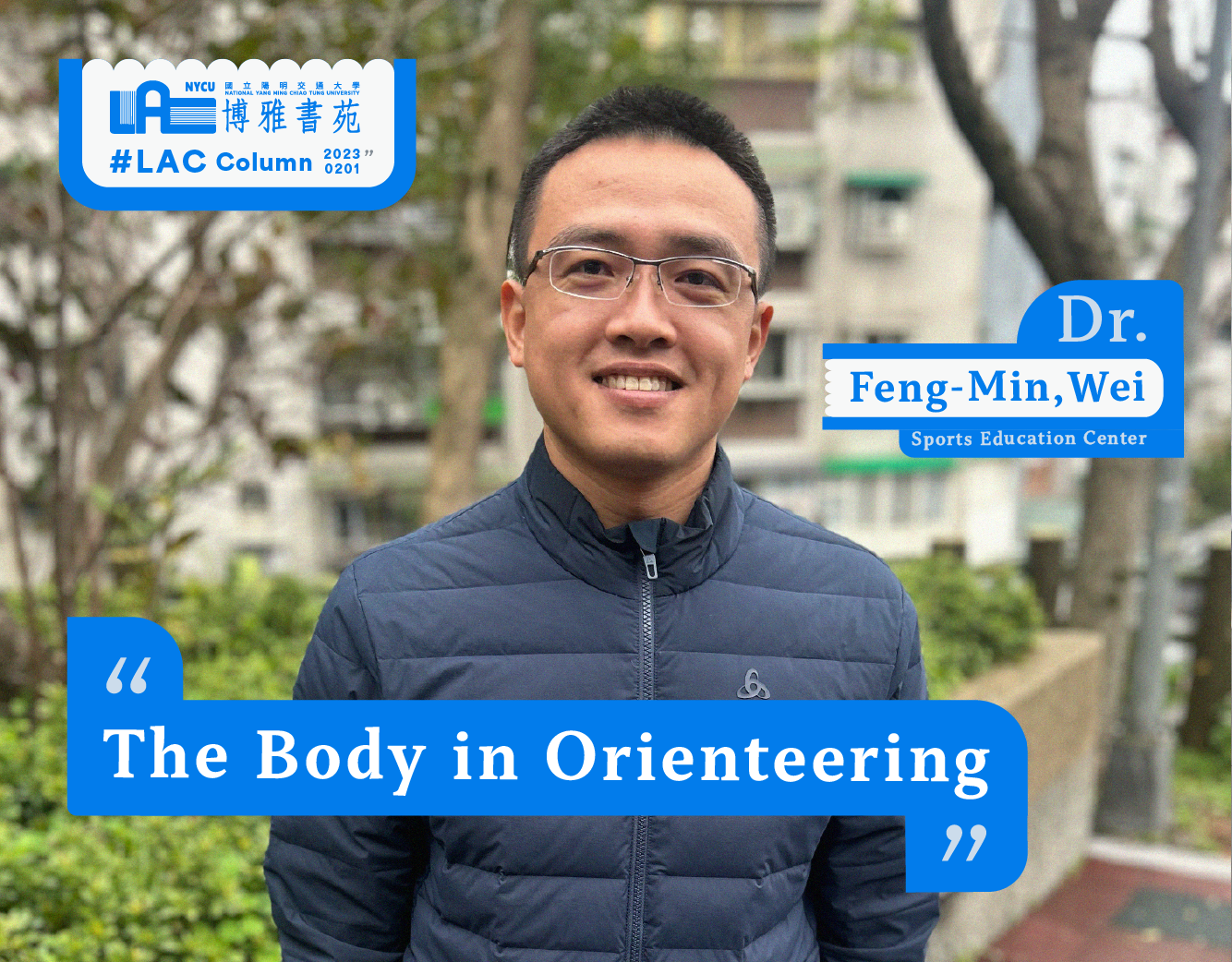- Home
- LAC COLUMN
- The Body in Orienteering-Wei, Feng-Min
The Body in Orienteering-Wei, Feng-Min
The Body in Orienteering
On November 11, 2023, a slight chill filled the winter morning as the hiking team, dressed in bright-colored outfits, gathered at the Yangming campus. Lively conversations added a touch of warmth to the brisk air. On this day, the sports center organized the second annual orienteering day. Reflecting on the success last year, initially targeting freshmen for team building, the second year expanded participation to all students, emphasizing interdisciplinary collaboration. Generous support in shuttle services from the general affairs office was appreciated. The event kicked off with dynamic dance performances, followed by cleverly formed teams consisting of members from different departments. Teams of four deciphered maps, raced to 20 designated points for group photos, and ultimately, all groups completed the course within the designated time, earning exquisite completion gifts and radiant smiles.
The success of a sports event can be evaluated from various perspectives. The participation increased by around 20%, with 80% of the teams comprising students from different departments, reflecting the emphasis on interdisciplinary exchange. The overall satisfaction rating, as per participant surveys, reached an impressive 4.55 out of 5. Moreover, the event showcased diverse body expressions.
1. Communicative Bodies:
Participants, holding maps provided by the organizers, pointed out routes and designated points. The continuous interaction between individuals, maps, the campus, and among participants created rich and engaging bodily communication.
2. Effortful Bodies:
Continuous physical activity for 2.5 hours is rare unless one is involved in regular physical training. The challenging terrain of the Yangming campus required considerable effort, evident in the determined expressions of runners. Showcasing muscular support against gravity and the vigorous operation of cardiovascular systems to acquire necessary oxygen. working strenuously to acquire the necessary oxygen, and even the effort to remember dance steps in the opening sequence—all showcase strength.
3. Intelligent Bodies:
Orienteering may seem like a race following map guidance, but participants often rely on experiential knowledge rather than strict adherence to maps. You would notice, "I came from that direction/area just now," or "I feel like our current location is here," or even in this not entirely unfamiliar campus space, you would think, "I believe taking this path and circling around here would be faster." These "knowing" instances are not absolute or empirically proven but embodied perceptions.
4. Benevolent Bodies:
Encouragement such as "Keep going! Almost there!" and immediate responses to slippery paths or offering a helping hand revealed the kindness among participants. It created a sense of teamwork and support, demonstrating that, despite fatigue, perseverance toward a common goal is not only possible but necessary. Similar embodied experiences seem to be a common reflection of group sports participation.
5. Content Bodies:
Despite the physical and mental exertion required for the event, moments like admiring the view from a high point, collecting a group photo at a designated spot with smiling faces, and planning future meet-ups with new friends brought satisfaction. These satisfying moments become key memories, persisting even when specific details fade over the years.
Perhaps, from a functional perspective, the design of the event determines positive feedback and benefits. However, within the experiential realm of bodily participation, the various bodies engaged in communication, effort, intelligence, benevolence, and satisfaction that piece together and construct the complete picture of orienteering activities. Following this, participants transition from mere involvement to active creators of their experiences.

